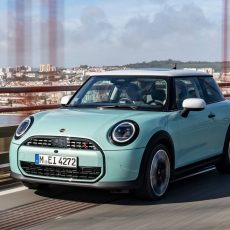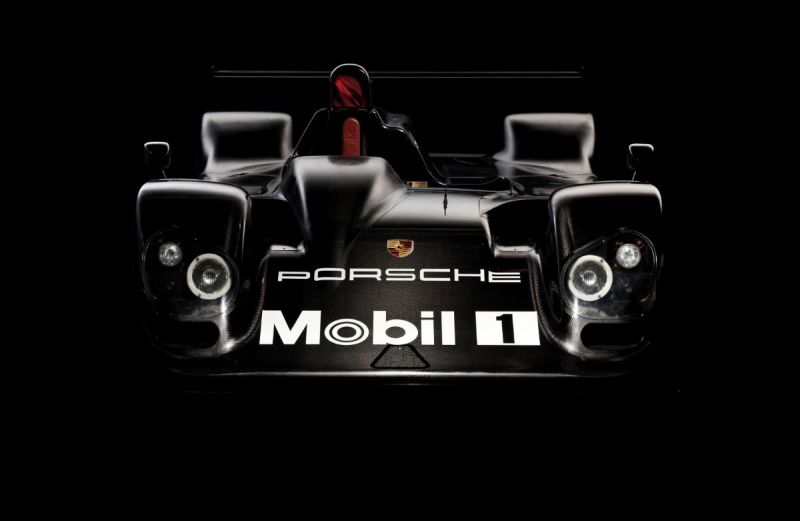
In our last feature we looked at what made the legendary McLaren F1 possibly the greatest supercar ever. Now we take a look at the secret Le Mans Prototype, the one Porsche denied the existence of, and what its ill fate led to.
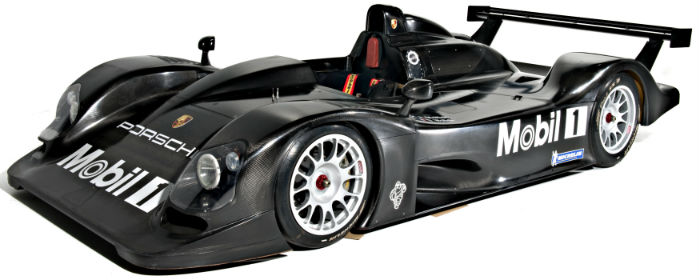
The story dates back to 1996. Porsche had unveiled the 911 GT1, a car which stunned the competition at the time. While most cars which competed in the FIA GT Championship were road-going cars that were modified to compete in this series, such as the McLaren F1 and Ferrari F40, Porsche, with the GT1, did just the opposite. They built a race-car that would later be homologated for road use. It was called the 911 GT1 Straßenversion – of which just two were built. A further 20 cars were built from the succeeding 996 generation. The result was a race car that dominated the 1996 Le Mans GT1 class, despite the Toyota TS020 GT-One being the favourite in 1998 Le Mans. The Porsche was once again dominant, taking first and second in its class, thanks to reliability issues with the Toyota. The cancellation of the GT1 class in 1999 meant the departure of many manufacturers including Mercedes, Toyota and BMW to focus on Formula 1.
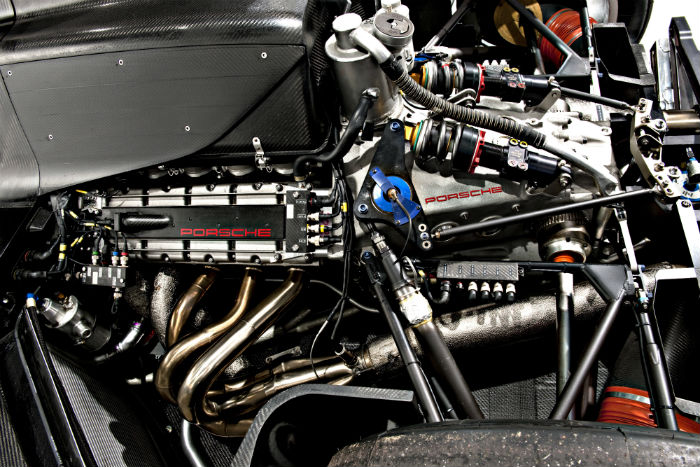
Porsche decided to compete in the top-tier LMP1 class and develop a race car that would win the competition. The original design was based around the GT1’s ageing turbocharged flat-six engine, but was later scrapped due to its excessive weight. The project was shelved in 1998. In early 1999, the head of the LMP1 project was presented the 3.5-litre V10 engine that Porsche had developed in secrecy for the Footwork Arrows Formula 1 team in 1993. Porsche had supplied V12 engines to the team since 1991 but the motor was unreliable and under-powered. Due to the poor performance of the early engines, Footwork cancelled the contract and moved to Ford engines. But that didn’t stop Porsche from making the V10 motor. From 1993 till 1999 the engine sat in a crate waiting for an opportunity to find a home.
In March 1999, Wiet Huidekoper, a Dutch racecar designer found out about the engine after he was invited to Weissach. Once the 3.5-litre V10 was shown to him, the engine was deemed good enough and was uprated to 5.0-litre along with a new transmission. The engine was once again increased in capacity to 5.5 litres and would be capable of running with both possibility of 5.0-litre or 5.5-litre configurations. The organising committee of Le Mans insisted on intake restrictors which made the pneumatic valves redundant. They were discarded for longevity of the engine. The re-designed race car with the V10 motor was completed by the middle of 1999. It would be ready to compete and, then, be a serious contender in the year 2000. That didn’t ever happen. Porsche pulled the plug on the Le Mans project even though the prototype was completed. Despite its ill fate, the car had completed two days of testing at the Porsche Weissach complex with both Allan McNish and Bob Wollek doing the driving.


There have been many speculated reasons to why the ill-fated 9R3 was denied an opportunity to compete. The most prominent of which was internal politics,which played a crucial role. Porsche sales were dropping and were pressured by Ferdinand Piech, then head of VW Group, to co-develop a SUV with Volkswagen which was a growing market. As part of the rumoured deal Porsche had to cease all development of their race cars and focus on this new SUV. The deal also claimed that Porsche would not compete against any VW Group product that was present. The deal would stretch out for a period of 10 years of not competing in the top class of endurance racing. Porsche were left with no choice but to agree to the deal and the Cayenne was born, and the 9R3 was confined to the pages of history where it would live out the rest of its days.

If this story has you all teary-eyed, don’t worry, there is a silver lining. Despite not being able to compete the 9R3’s engine was simply to good to ignore. The engine capacity was taken up to 5.7 litres and the V10 found its home in a special edition road-going Porsche, the Carrera GT. The soul of the 9R3 lives on in one of the greatest road-going cars Porsche have ever made.
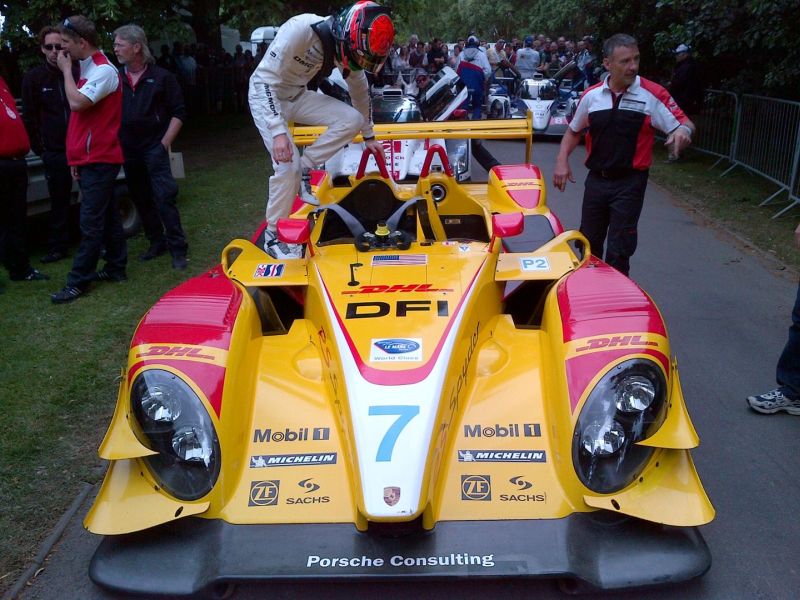
But, there’s more, the engine of the 9R3 did have a healthy racing life with two cylinders less and limited to a 4.0-litre capacity in the Porsche RS Spyder LMP2 racecar in 2005. It was Porsche’s first attempt at a racecar ahead of the cancellation of the 9R3. Regulation changes in 2011 forced Porsche to retire the RS Spyder. The success of the RS Spyder served as the base for the Porsche’s next halo road car, the 918 Spyder, which featured a further development of the RS Spyder’s engine paired with two electric motors.
Story: Sahej Patheja
Images: Racecar-engineering


